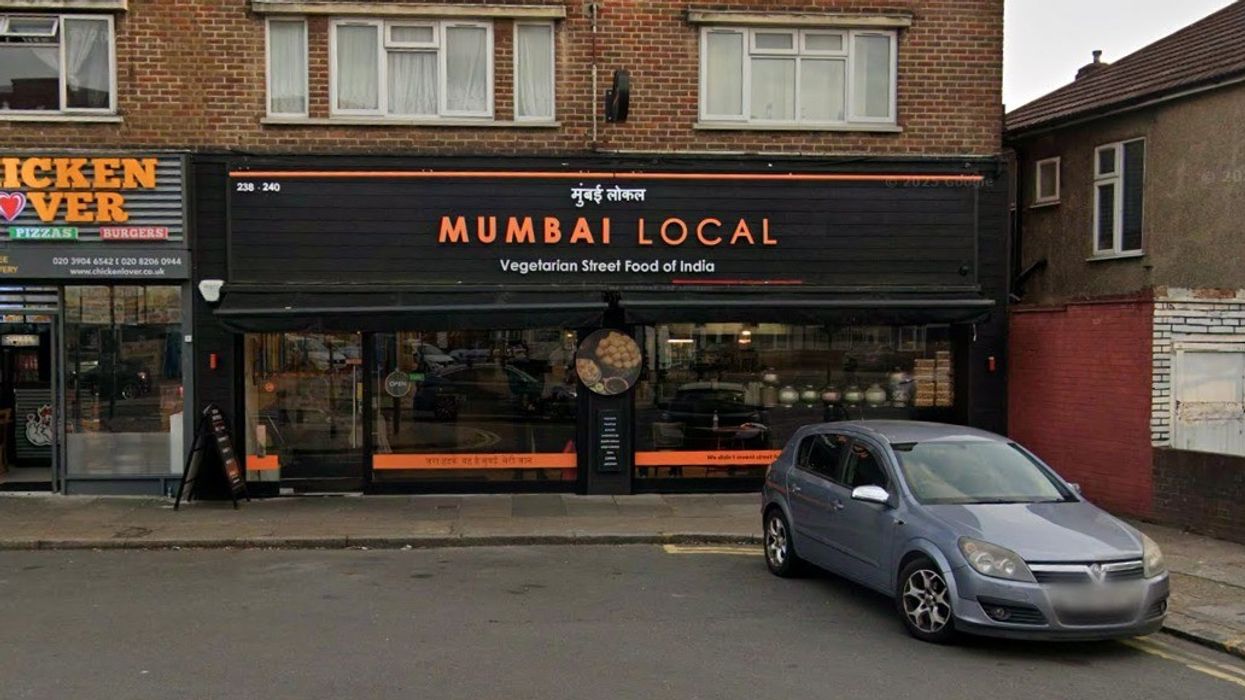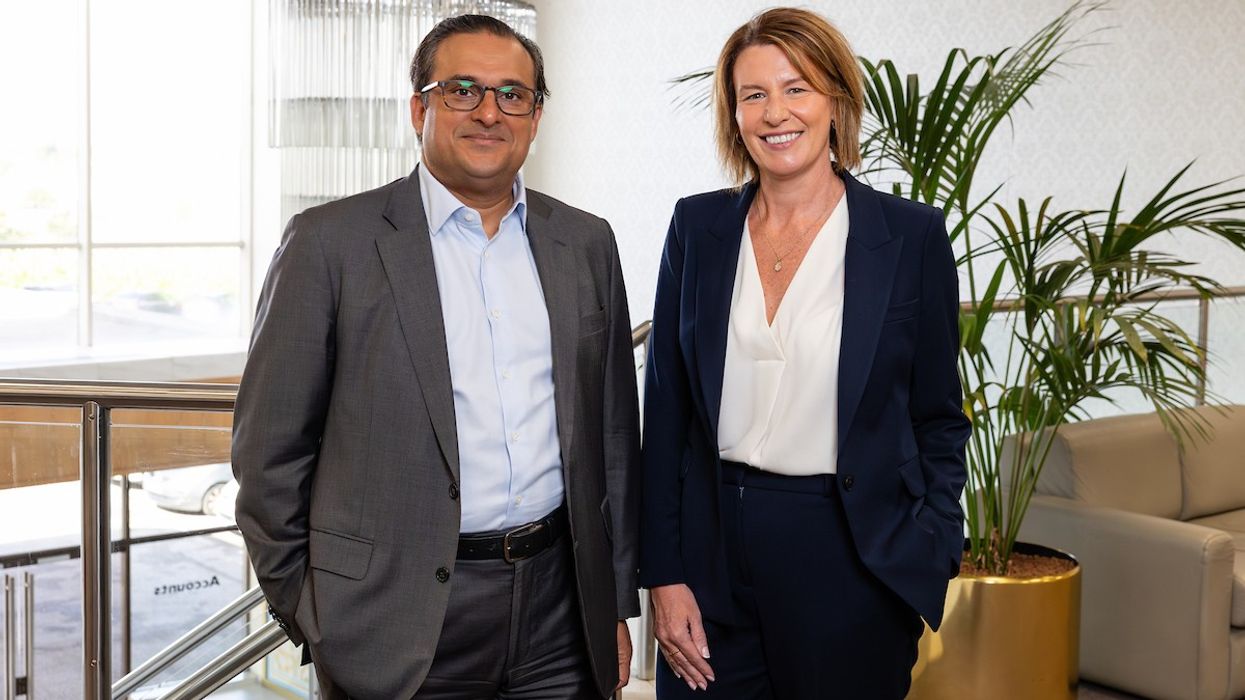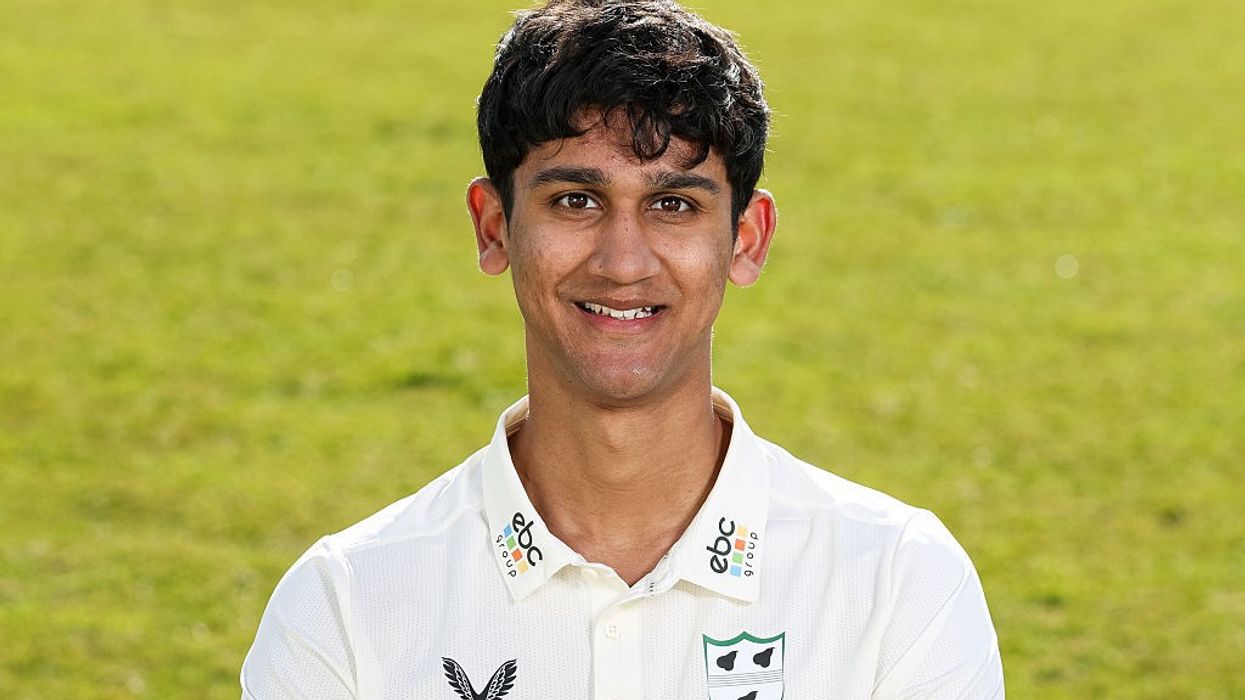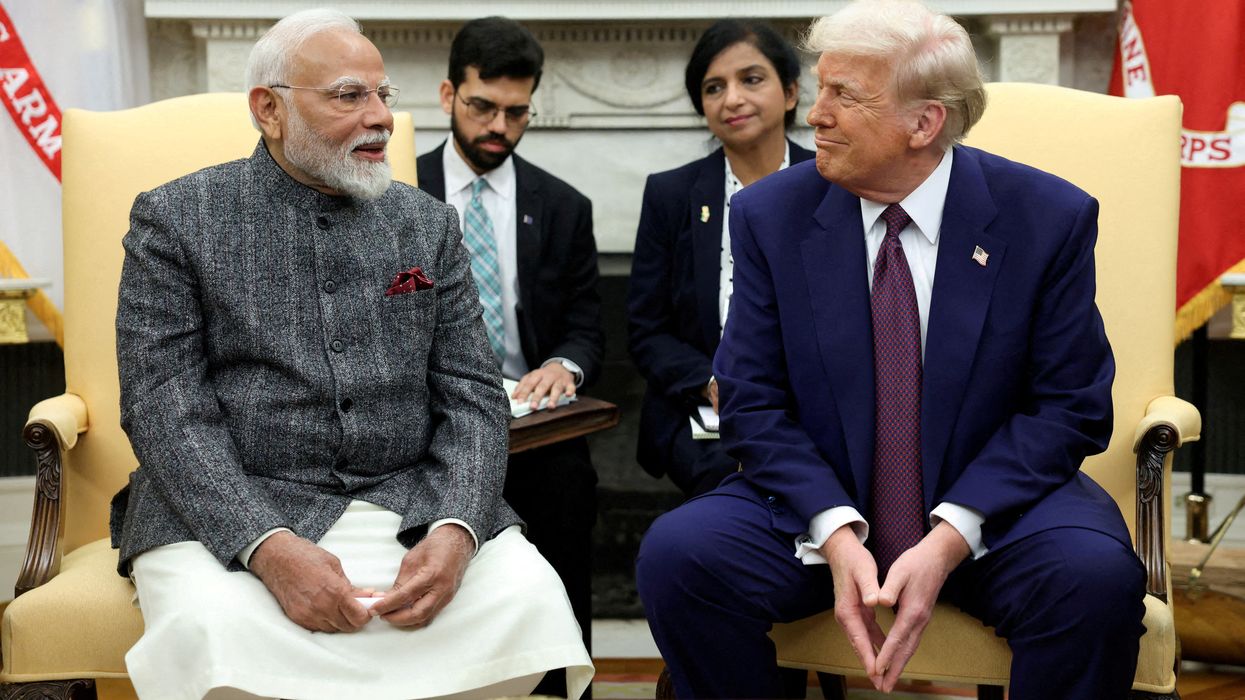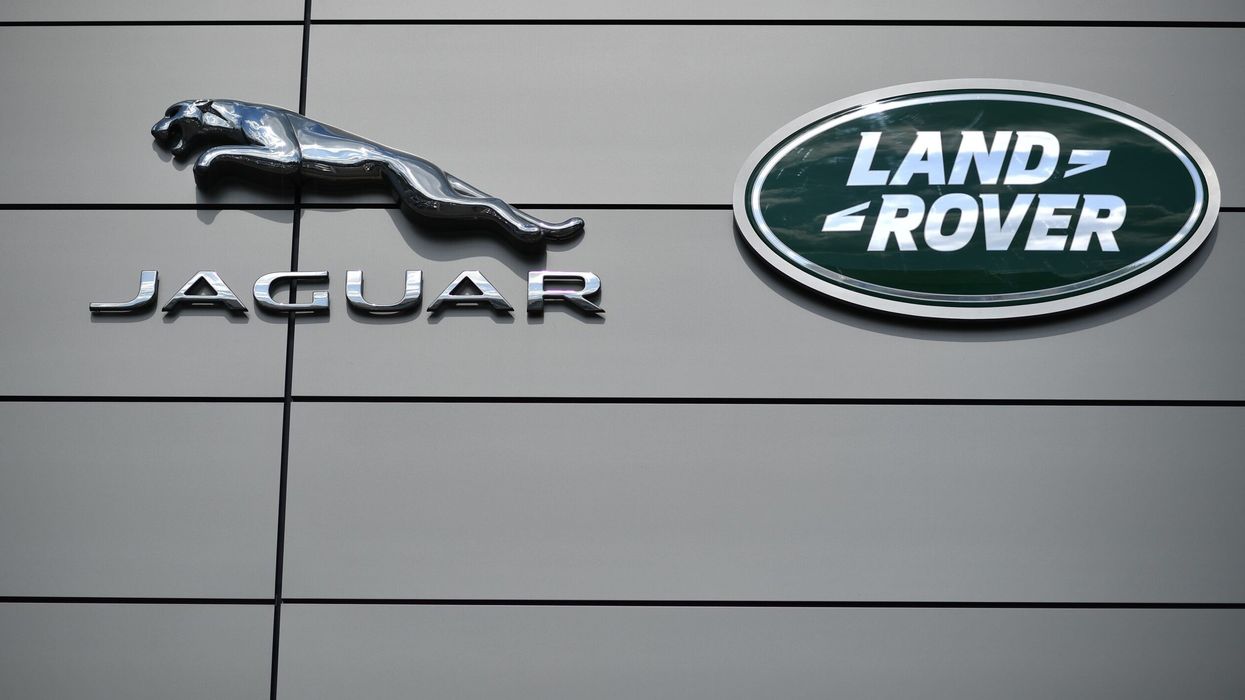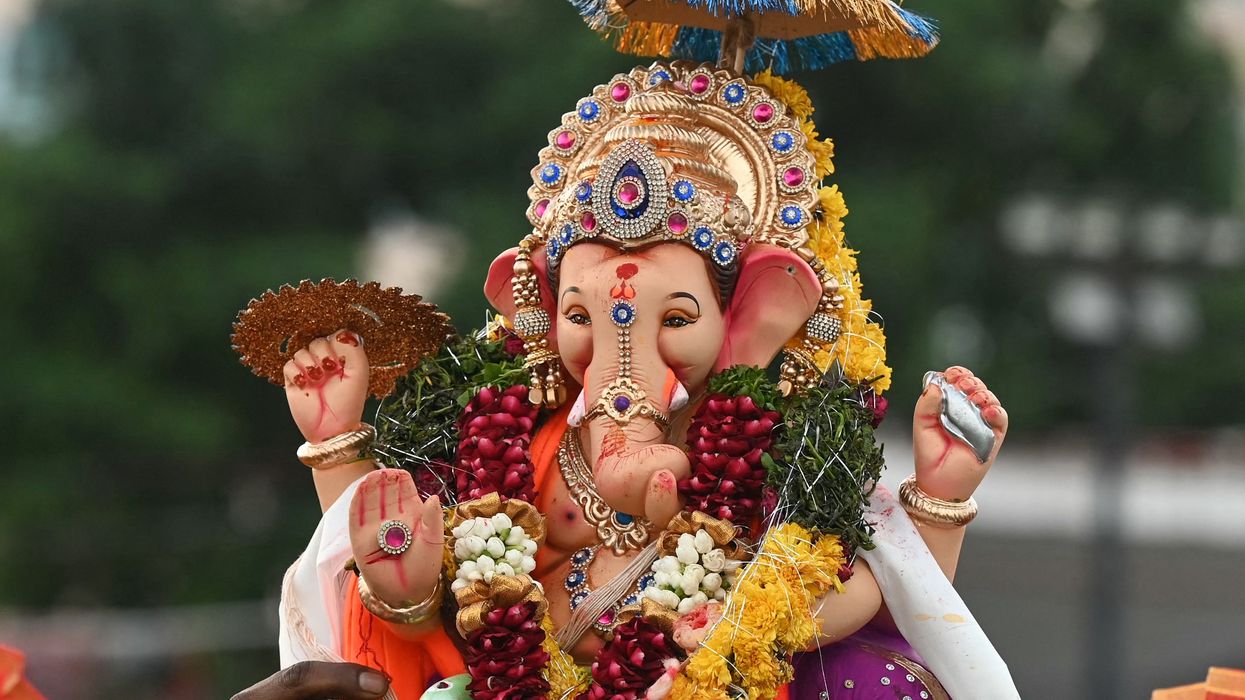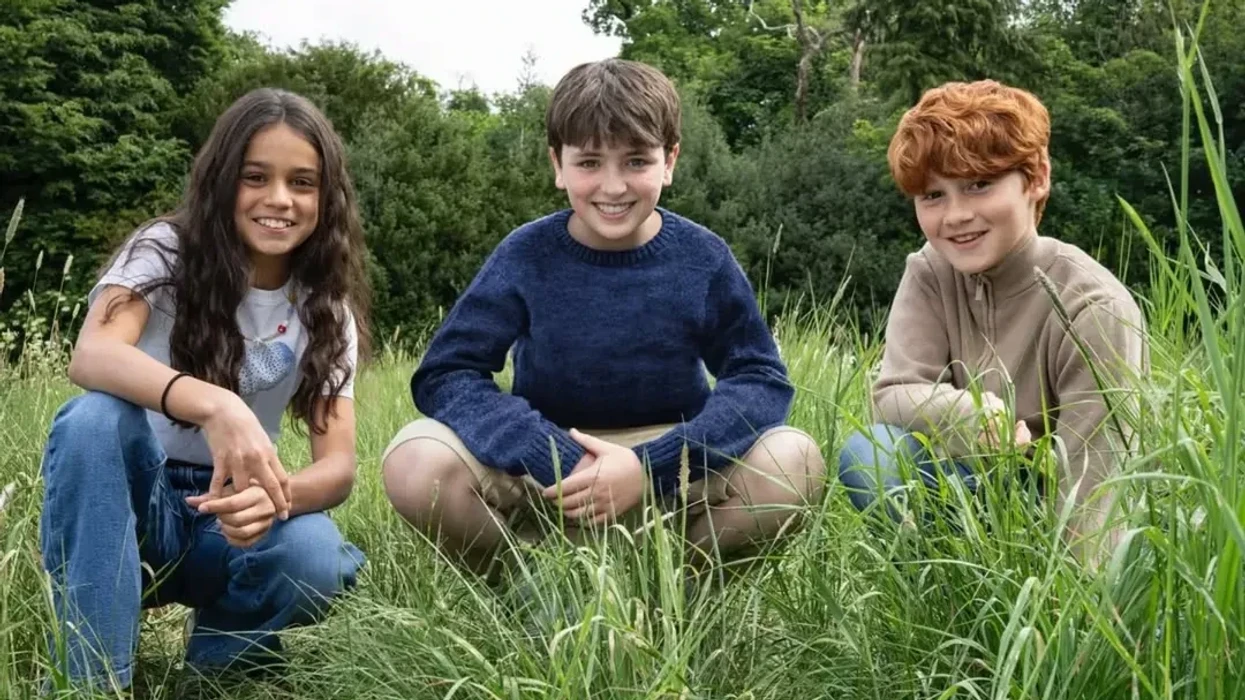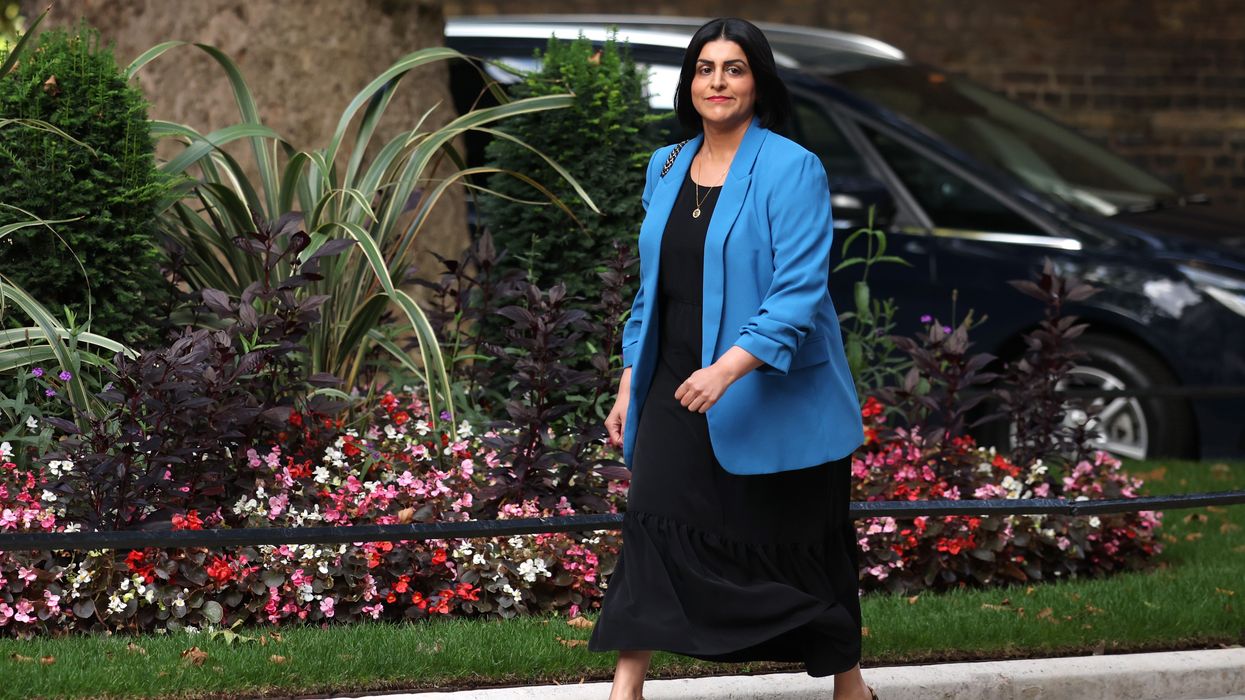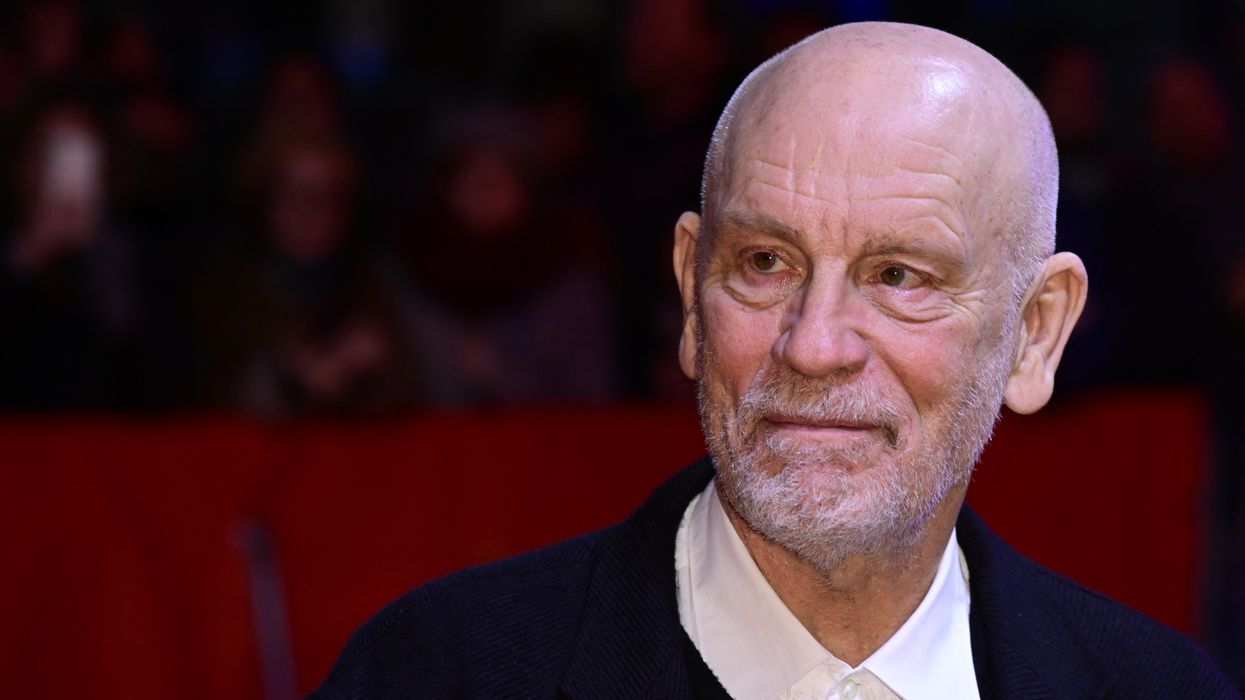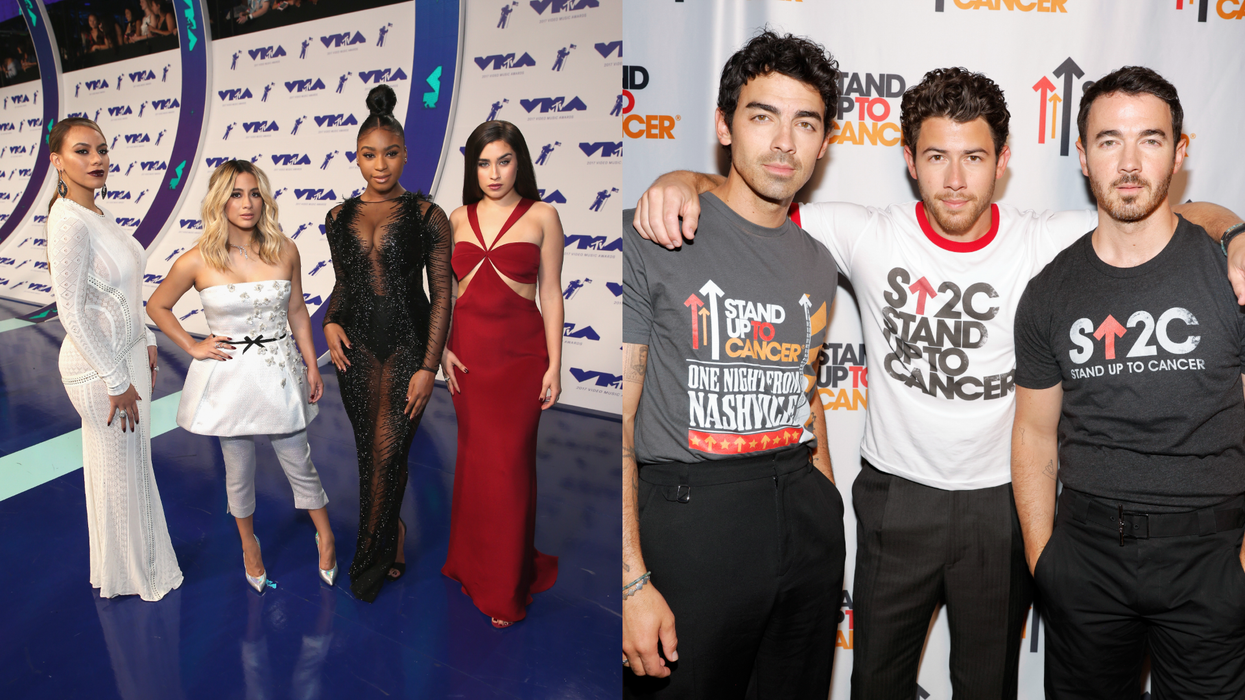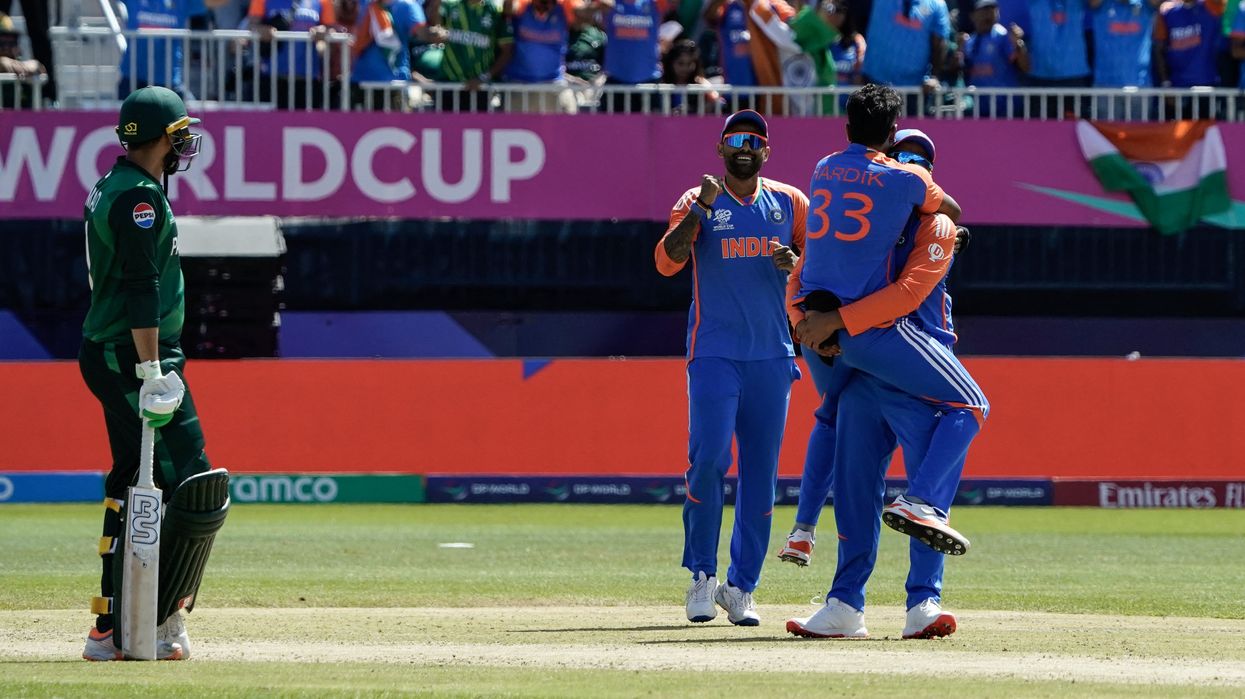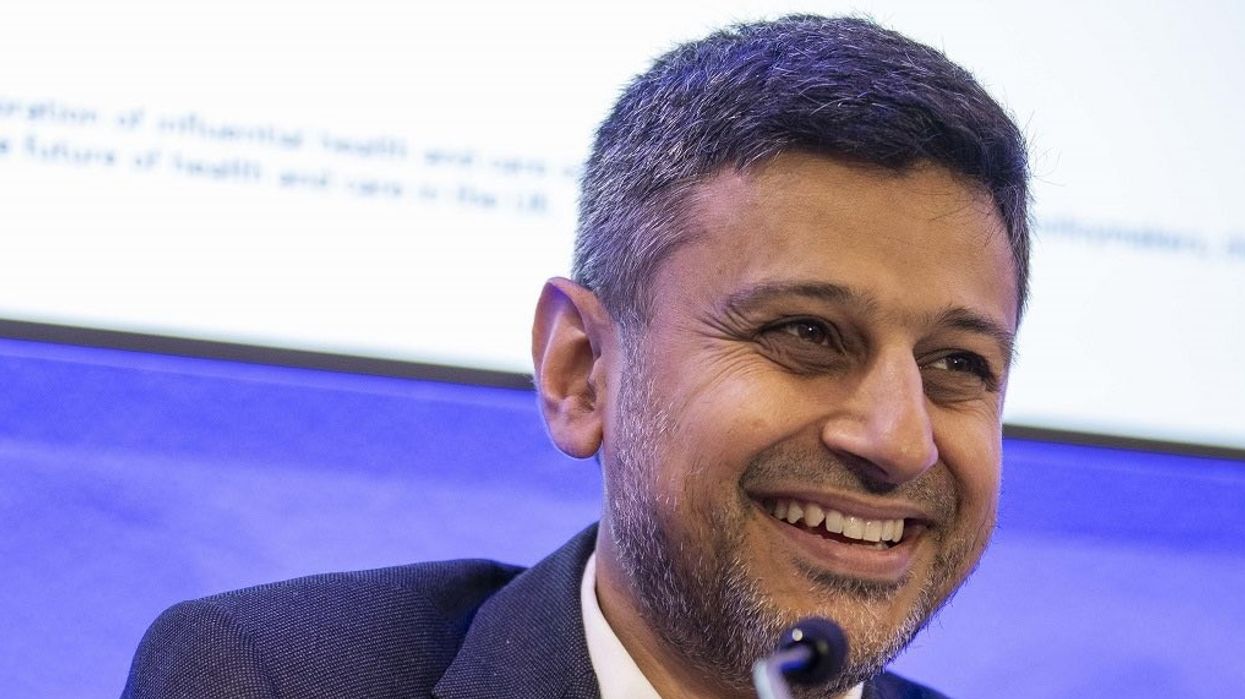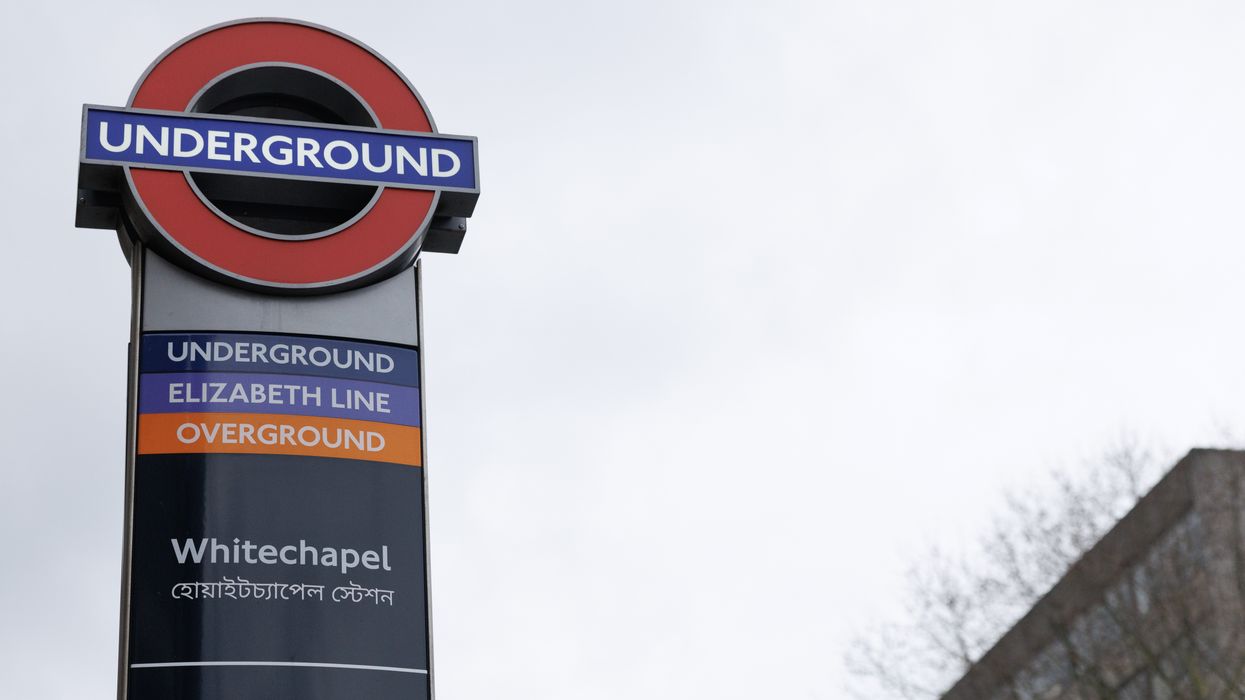AT BESTWAY’S traditional day at Royal Ascot last Friday (21), Sir Anwar Pervez, the group’s founder and chairman, set the standards in sartorial elegance in a top hat and morning suit.
His nephew, Lord Zameer Choudrey, the group’s chief executive, also chose similar attire, as did his sons, Haider and Umair Choudrey. So did Sir Anwar’s sons, Rizwan and Dawood Pervez.
Meanwhile, the women in the family, went for fascinators.
Thirty-one years ago, when Bestway held its first function at Royal Ascot, there was a debate over whether it was acceptable for Asian women to wear hats or fascinators with saris or salwar kameez. Now no one thinks anything of it.

The Pavilion restaurant was packed this year with 768 of Bestway’s guests, mainly its suppliers. They included such reputed names as Japan Tobacco International, Phillip Morris, Mars Wrigley, Nestle, Waymade, Bacaradi Martini, Britvic, Campari, Tilda and Eurofoods.
Luncheon after a champagne reception wasn’t biryani and chicken and lamb curry (as his English guests probably have preferred) but something very continental – Mediterranean vegetable tartare, seared free range chicken and bitter chocolate dessert. Later, there was afternoon tea, with smoked salmon and coronation chicken sandwiches and, of course, scones.
There was a further nice touch – chocolates in the shape of top hats from Charbonnel et Walker.
The day’s programme included a note from King Charles and Queen Camilla sent from Windsor Castle: “We are delighted to welcome you to Royal Ascot for another week of spectacular racing that draws spectators and visitors from across the globe.
“We wish all the participants this week the very best of luck in seeking that unique thrill of a Royal Ascot winner.”

Over the years Indian royals have been regulars at Ascot. The races have also attracted Bollywood royalty such as Aishwarya Rai Bachchan.
Inside the programme a brief history of the ground recounted: “The racecourse was laid out by William Lowen and Ascot’s first event was held on Saturday 11, August 1711.”
There was a helpful sentence for Asian accountants: “This year, prize money at the Royal Ascot meeting reaches eight figures with the total fund across all 35 races in excess of £100 million, an increase of five per cent on 2023’s figures.”
There was a serious purpose behind Bestway’s day at Royal Ascot – it was to raise funds for charity. This year it was in aid of the Duke of Edinburgh’s Award.
“Being at the ‘heart of the community’ is at the core of Bestway Group’s ethos. This is why our chairman Sir Anwar set up the Bestway Foundation in 1987, our charitable foundation, which focuses on education and healthcare,” Choudrey said in his keynote address.

He revealed: “Bestway Foundation has donated over £42.5m to charitable causes. In the United Kingdom, £15m have been donated to charities, schools and university endowments and scholarships. In Pakistan more than 35,000 individuals are annually provided free medical care from our basic health units and 1,700 children currently receiving free education from our own purpose-built schools and college.
“Our annual charity race day here at the Royal Ascot is the flagship fundraising event in our corporate calendar. Over the course of three decades, this event alone has supported over 26 charities and raised close to £3m – an outstanding contribution made only possible by the support and commitment of our supplier partners. Today, we come together as a community principally to raise money for our chosen charity, which this year is the Duke of Edinburgh’s Award.
“Bestway Foundation has been associated with the Award for the last three decades and is a ‘Gold Supporter’ of the Award since 2019.
“The Duke of Edinburgh’s Award was founded in 1956 by HRH Prince Philip. Over seven million young people from across the UK have benefited from the charity’s programmes.”

The late Prince Philip has been succeeded as the charity’s patron and trustee by his youngest son, Prince Edward.
Welcoming guests on behalf of Sir Anwar, Choudrey paid tribute to King Charles, “a truly inspirational and unifying figure who embodies the absolute best of our shared values”.
Despite the pandemic and global conflicts, “during this period Bestway Group has held firm to its strategy and saw a five per cent growth in revenues to £4.7 billion for the year ended June 2023, with pre-tax profit of £421m increasing by six per cent.
“In addition to the continued growth of the business, key highlights for the year in the UK included Well Pharmacy’s acquisition of Lexon, a pharmaceutical wholesaler serving over 3,000 retail pharmacy customers across the UK.”
After addressing the guests, Ruth Marvel, CEO of the Duke of Edinburgh’s Award explained to Eastern Eye: “We provide opportunities for young people to develop their skills, their confidence, their self-belief, their resilience, all the essential skills that young people need for adulthood and work.
“The Bestway group are a really important supporter of ours. They help us with charitable funding to make sure that we can reach as many young people as possible, particularly those who face barriers to getting involved. Last year, we had over 550,000 young people working towards the award.”

Asked about diversity, Marvel said: “We have young people from all backgrounds, all abilities, participating. We’re doing a lot at the moment to focus on how we can reach young people who find it harder to participate, particularly young people who are experiencing poverty, young people with disabilities and additional needs, young people from minority ethnic backgrounds. We do quite a lot of work now with young people in prison and in the care system.
“Twenty-six per cent of our participants come from minority ethnic backgrounds. We are particularly looking to diversify in terms of working with community based organisations.
“As an example, we work with an organisation called ‘Aspire to Inspire’, which is in Rotherham and works particularly with Muslim young people. They have just started running the Duke of Edinburgh Support Scheme. We’re partnering with four mosques in Greater Manchester. The award operates around the world in about 130 countries.”
Guests were encouraged to have a flutter by racing tipster and BBC horse racing commentator, Derek Thompson.
For the first of the five races last Friday, the Albany Stakes, he tipped Fairy Godmother to win – which it did.
In the Commonwealth Cup, his tip, Jasour, came third, but he also fancied Inisherin, which did romp home.
The Coronation Stakes was won by Porta Fortuna, while Thompson’s tip, Opera Singer came second.
In the Duke of Edinburgh Stakes, Ethical Diamond, tipped to win, came fourth, with Crystal Black the winner.

In the fifth race, the Sandringham Stakes, Thompson’s tip, Fair Angellica, came 23rd, with Soprano winning the race.
In the King Edward VII Stakes, Thompson had predicted that Wars Rooms would win – it came ninth. The winner was Calandagan.
And in the last race of the day, The Palace of Holyroodhouse Stakes, Mukaafah, tipped to win, managed only 17th, while the winner was Pilgrim.
Thompson’s prediction that Bestway guests would take home £150,000 in wads of cash, alas, did not come to pass. But those who risked £20 on his early tips and made a profit of £28 went away happy.

